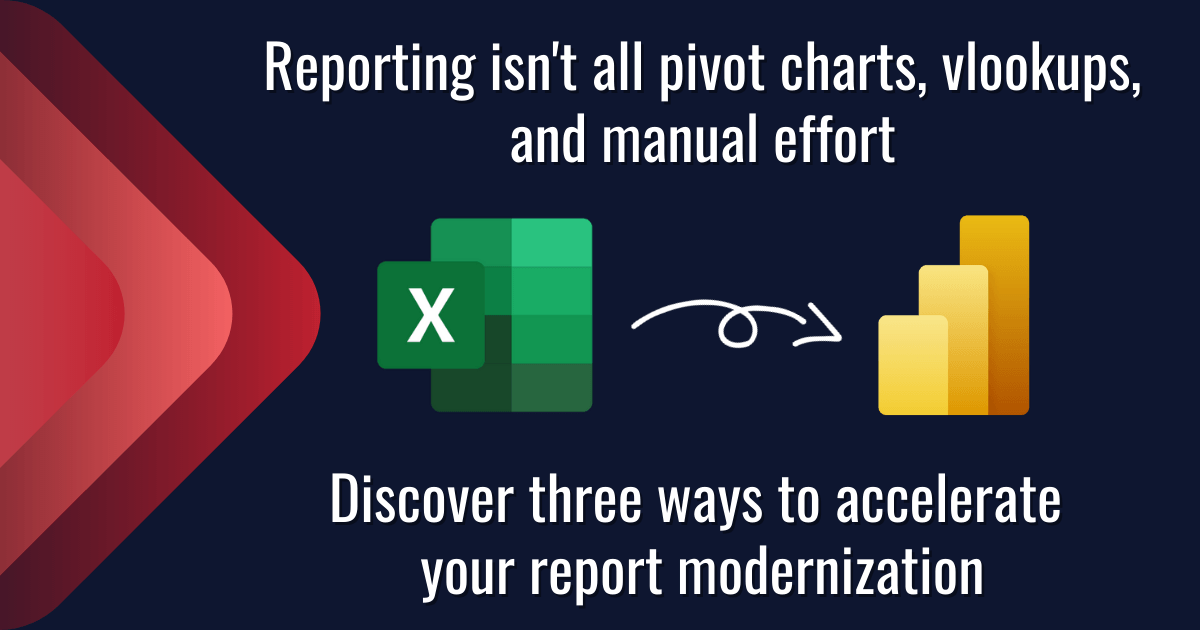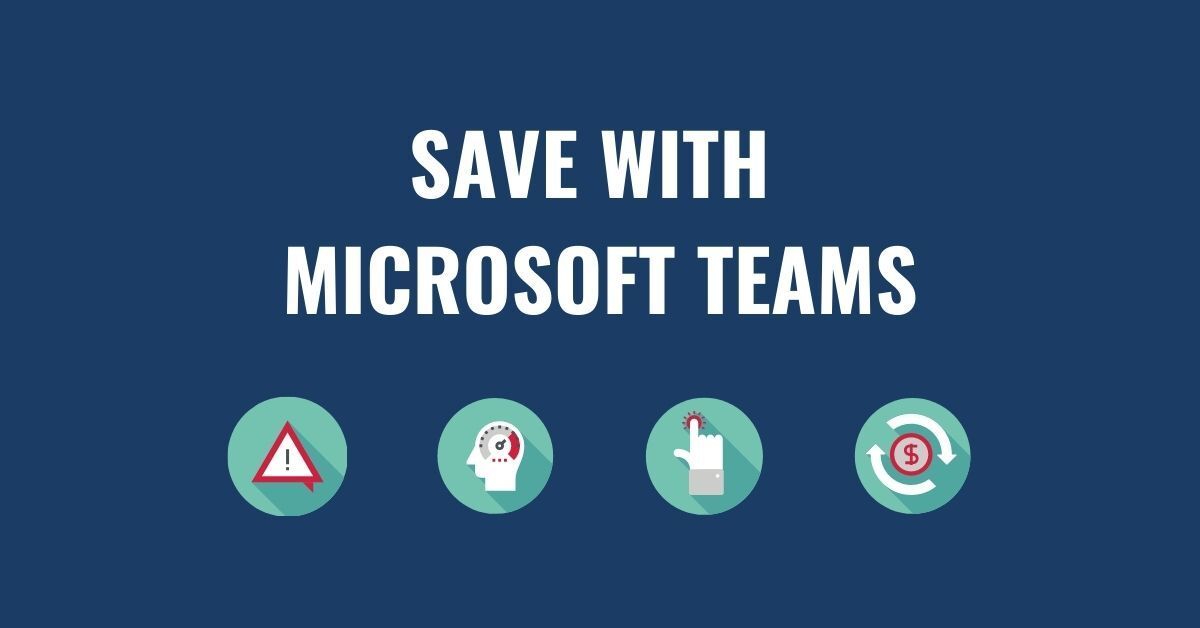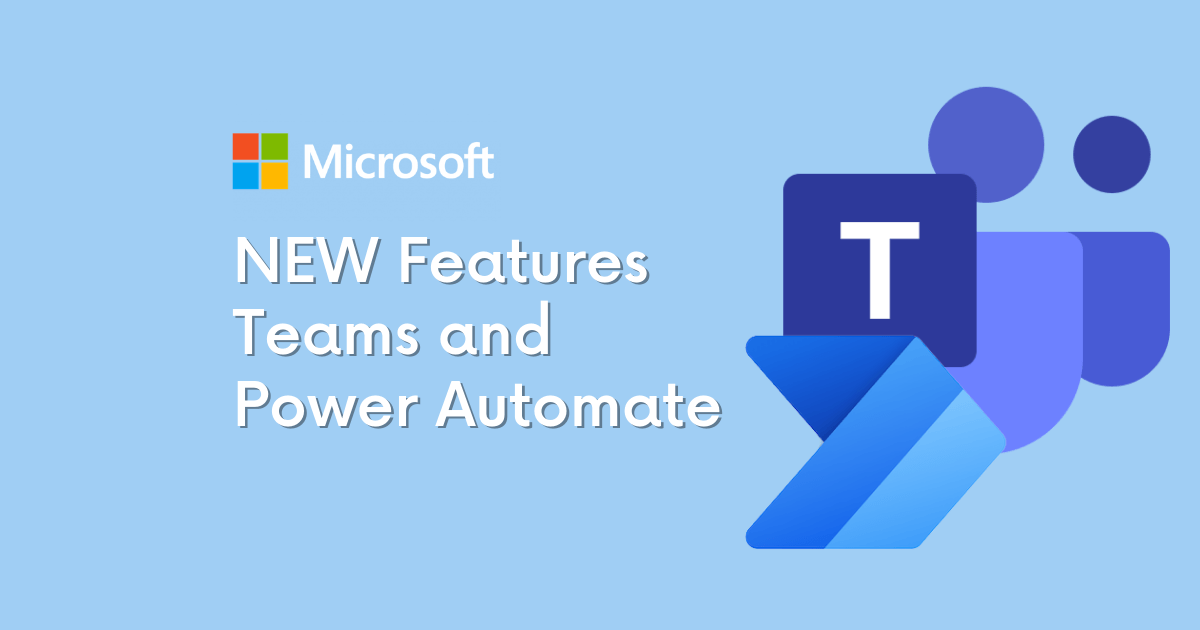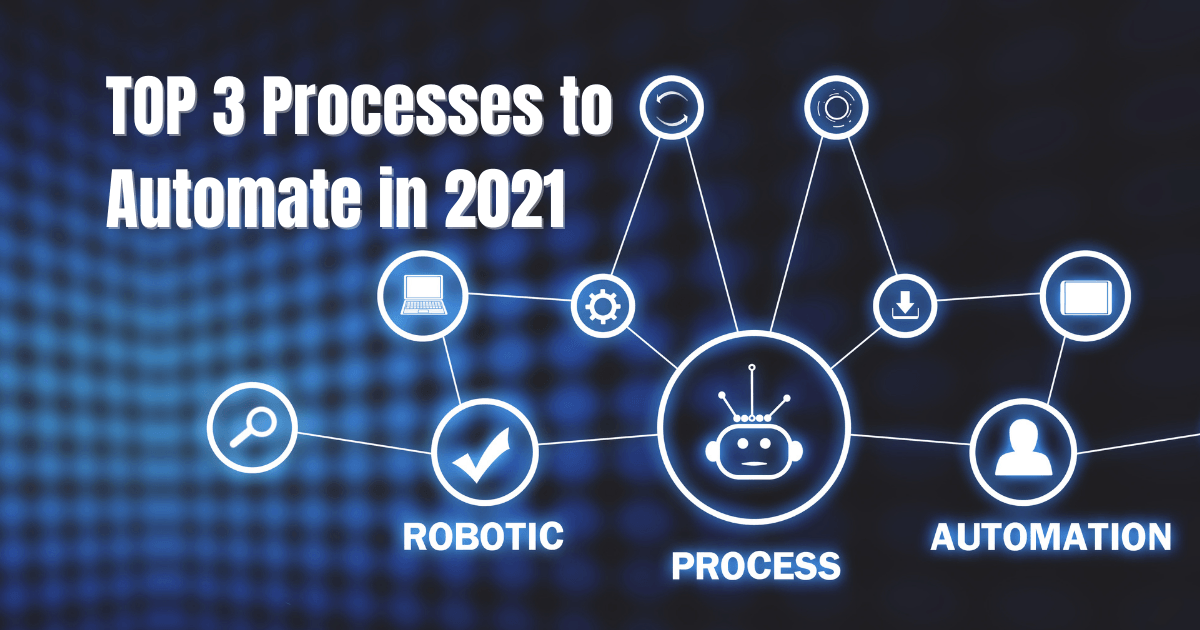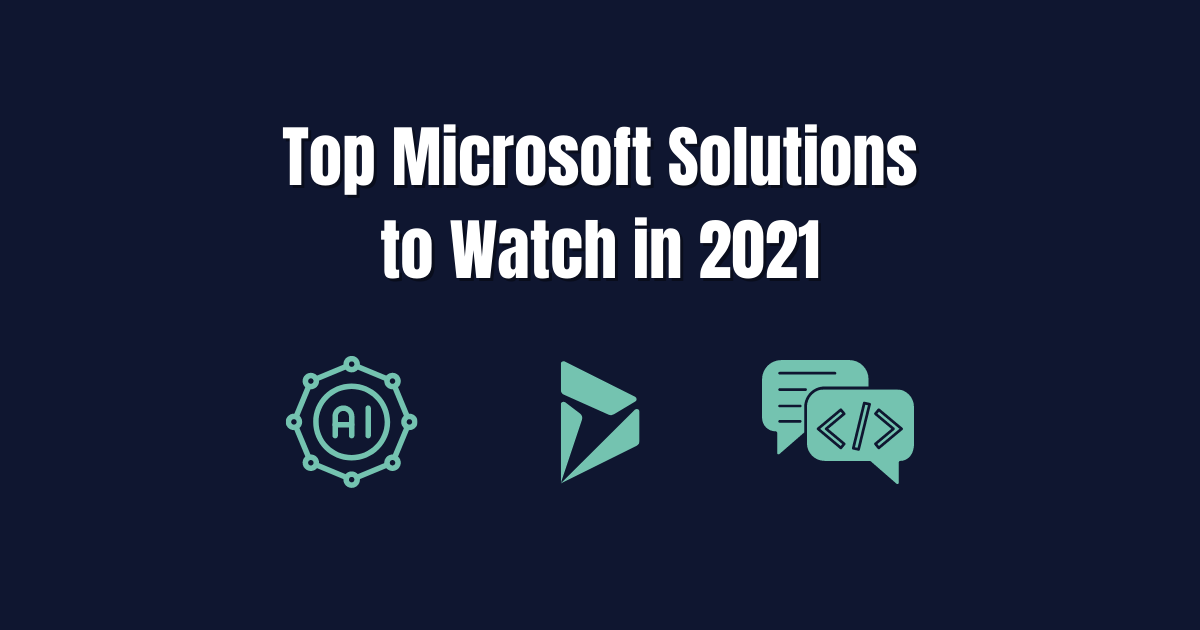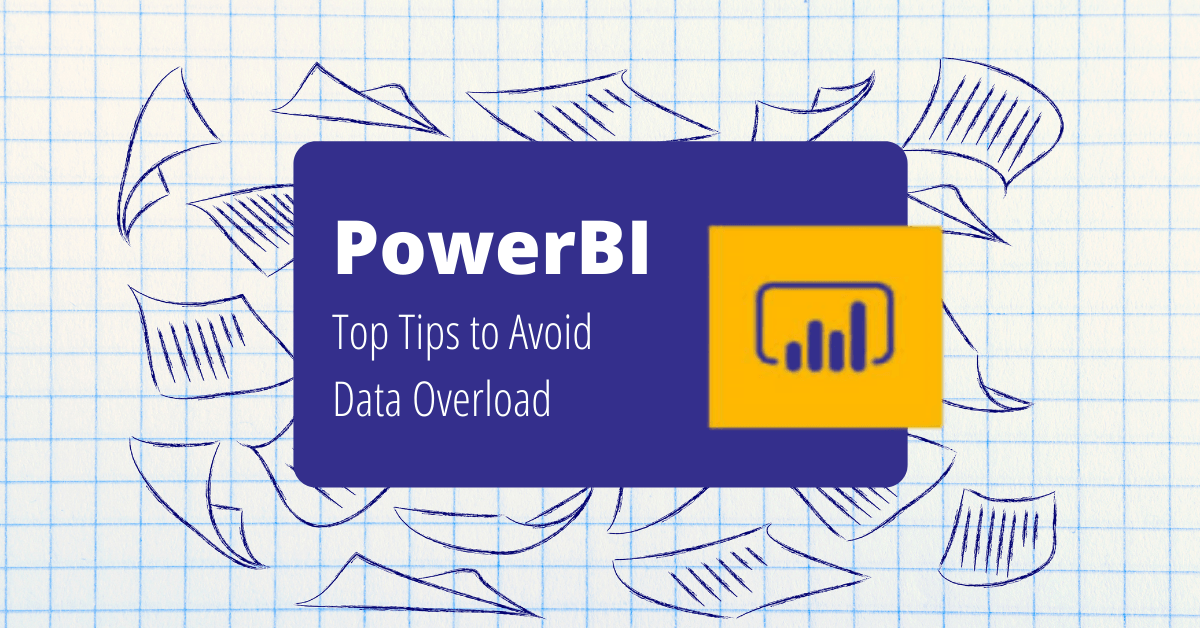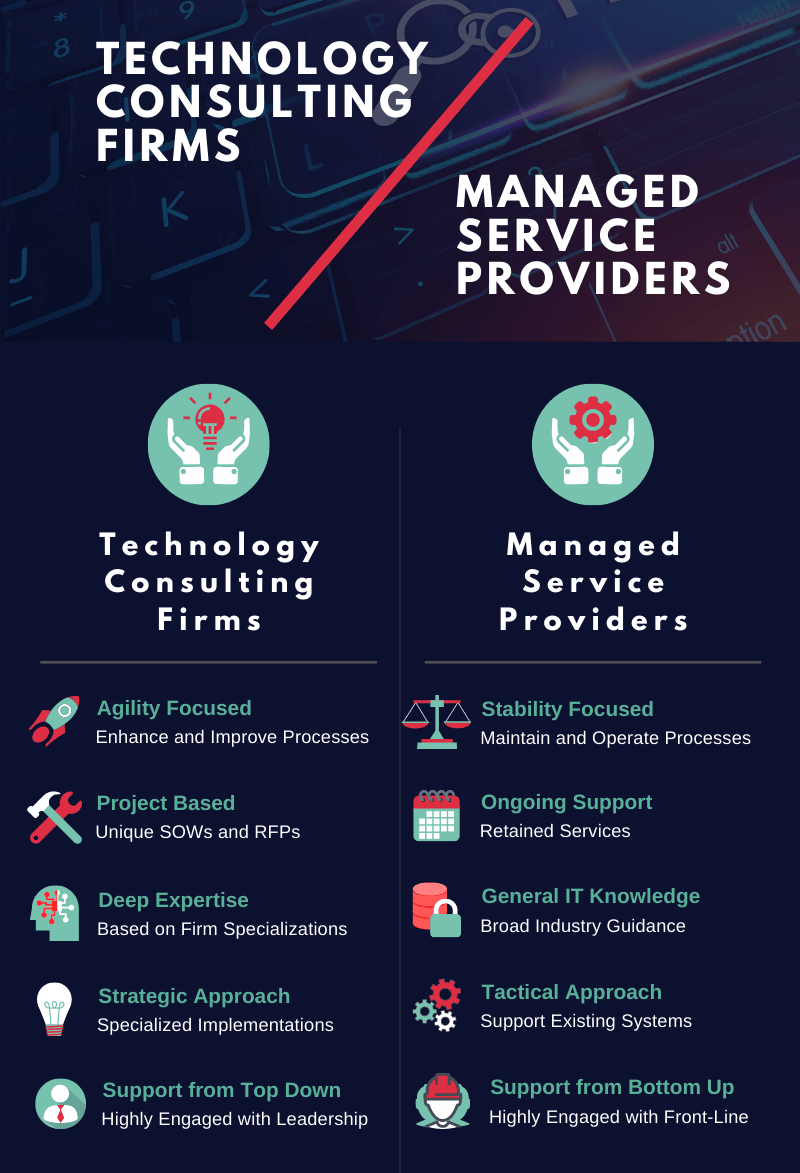How MSPs and Technology Consultants are Different - And Why You Need Both.
When it comes to technology, do you have a one-size-fits-all vendor? In today’s world of cost cutting, we see more and more organizations that end up missing out on huge technology opportunities by assuming a single vendor can and will do it all.
As a technology consulting firm, we’re frequently asked “aren’t you the same as my managed service provider (MSP)?” Fortunately, for those that ask, we’re able to shed light on how a Technology Consulting Firm varies from an MSP.
What does a Technology Consulting Firm do?
It is important to start by recognizing not all technology consulting firms are created equal. Some firms may focus on one area of expertise, such as Office 365, while others may have many practice areas comprised of various in-house expertise. Specialties aside, most technology consulting firms are brought on for their deep skills to oversee the design and implementation of a specific technical project.
When working with a technology consulting firm you should expect to invest in time for discovery, defining the scope of the project, and implementing the decided upon solution.
What does a Managed Service Provider (MSP) do?
Managed Service Providers (MSPs) are different from typical consulting services because they provide IT support on an ongoing basis instead of a project basis. Popular MSP services include device management, staff technical support, VoIP management, and on-site troubleshooting. The goal of most MSPs is to establish proactive and preventative protocols to manage your IT environment. They would be your first point of contact in case of a system failure or network issue but may supplement an internal IT team as well.
A
strong MSP partnership means you have an IT generalist with their ear to the ground on a daily basis to be responsive and offer guidance on technology needs.
How do these two vendors work together for your organization to succeed?
While a technology consultant and an MSP provide different services, they both can work cohesively as trusted digital advisors for your organization. If you have an MSP and technology consulting firm actively working together instead of just existing in parallel (or only having one of the two), you can benefit from each of their specialties, increasing effectiveness and digital transformation success rates.
Here are a few key areas that your technology partners can collaborate on for overall success:
Network and Breadth of Expertise
Network
Finding the right fit for a vendor can be a time-consuming task and picking the wrong partner can kill a project before it even gets off the ground. Whether you have an MSP and/or technology consultant, both have a vast amount of experience and industry contacts at their disposal. When tackling a new digital initiative these partners can quickly recognize what skills would be needed and what additional specialists to bring on board. Leveraging your technology partners network connections and referrals can increase the likelihood of bringing on vendors that will be the right fit for your project goals as well as increase cross-vendor collaboration.
Breadth
The world of technology is constantly evolving and becoming more complex each day. One technician or firm cannot effectively have all relevant technical specialties covered internally. You most likely would not go to the same vendor to create a mobile app and to monitor your servers. If you already have an MSP, they should provide input on identifying the internal gaps in your technology strategy and what type of specialties should be targeted to filled for those projects by outside technology consultants.
Less than a 1/3 of technology partners are included in the strategic planning of digital transformation initiatives.
(Forbes)
Long-Term Strategic Planning
Technology partners and MSPs should both provide insights and advice towards your short-term and long-term digital transformation strategy. An MSP will be able to come from a tactical and support perspective while your technology consultant can provide information on specialized initiatives and applicable innovations. We recommend your partners use The Open Group Architecture Framework (TOGAF), to define your unique needs and ideal process flow for projects and planning. Your MSP should collaborate with your technology consultant to create a comprehensive roadmap and start identifying the exact technology tools and systems needed to achieve long-term goals.
Collaborative Hand-Off and Support
Most Technology Consulting Firms work on specialized digital transformation projects. Once these projects are completed and go through quality assurance, the consulting firm will move onto the next project or no longer be an active partner. This means that after the project implementation there can be a lack of technical support for ongoing maintenance and employee training. If you have an MSP and they are engaged with other technology partners throughout a project they can work to ensure there is a strong transition plan in place to go from implementation to adoption and support.
70% of digital transformations fail due to resistance from employees. Part of this resistance could easily be attributed to their lack of buy-in and access to support after the initial project release. Since MSPs are heavily involved in the day to day running and communication of your digital environment they can be a critical point of communication between technology consulting firms and employees both during discovery and after implementation. If your team has a strong relationship with their MSP and the MSP has a strong relationship with the other technology consultants there should be less pushback when it comes to organization wide adoption.
TexasPGB has a long history of successfully working with other MSPs and internal IT departments to ensure a smooth transition from implementation to adoption. If you want to learn more about creating a collaborative digital transformation project across vendors contact our team.

